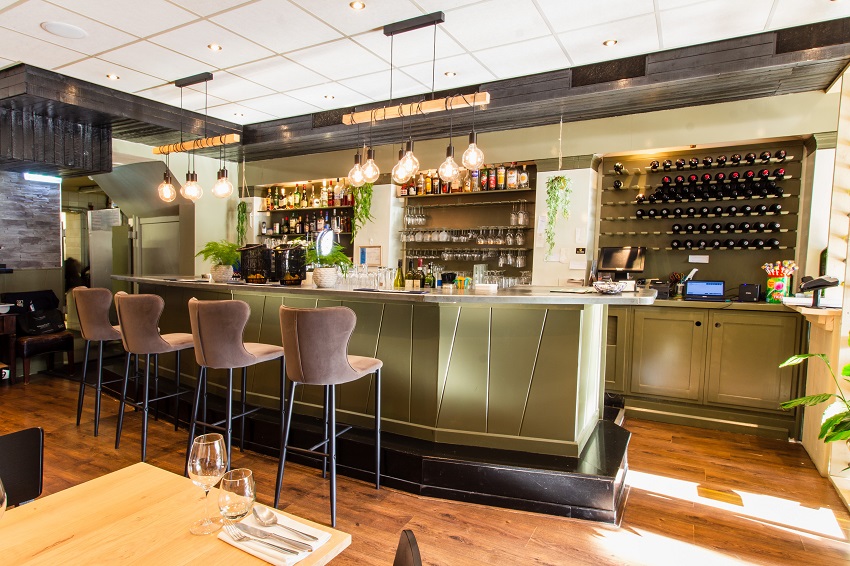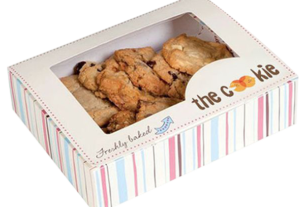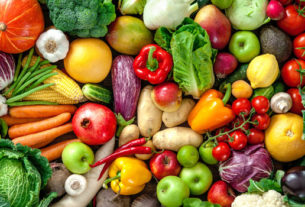Whether you are planning to open a restaurant or want to renovate an existing one, the biggest investment goes into the kitchen. As the kitchen is the heart of your restaurant, the place where your menu comes to life. Cooking in a professional restaurant kitchen can be chaotic. To work effectively in your kitchen requires the skill, knowledge for great meals, and the right kitchen cooking equipment.
If your kitchen is disorganized, then you won’t be able to locate the items you need to make great dishes. Moreover, you will waste valuable time searching for things you need. So, it must be well-organized. The layout of your restaurant kitchen must be planned in a way to allow seamless flow of food from prep to plating. Everyone should know their place and there should be a place for everything.
You can save time and money with a few handy organizational ideas depending on the size of your restaurant kitchen and the restaurant concept. Be sure you’re considering every aspect of your menu as you plan your layout. Fortunately, we’ve come up with some basic ideas to help you out in organizing it logically and efficiently.
1. Pick your Kitchen Configuration:
There are many different designs and configurations in which you can set up your kitchen. You can choose from a wide range of configurations depending on the type of your restaurant and menu. Like for burgers or pizza, the assembly line format might be a good option because it lays out the kitchen in order of use. Other common choices are the island, ergonomic, and zone style configurations. However, ensure that your kitchen design is flexible that can respond to changing market demands in the future.
2. Divide into Different Work Stations:
Organize your commercial kitchen into different stations to create a more streamlined process from start to finish. There should be destined stations for slicing, prepping, grilling, frying, desserts, and plating. Every person in the kitchen should know his place with a defined task. Keep people in charge of their zone for specific jobs. It will not only make the kitchen more streamlined but also keep people from running back and forth in chaos. Furthermore, each station should have the necessary types of equipment for the work they require nearby.
3. Keep Everything in Plain Sight:
One of the key tips is to have your equipment visible and easily accessible. Position them in a way that can be easily grabbed at a moment’s notice. For this, you can hang them throughout different stations in your kitchen. Moreover, go for racks and open shelves instead of close cabinets to make each item easy to access. These will keep the chefs from going through cabinets or shelves to find small items.
4. Tools that Play Together should Stay Together:
Utensils and other ingredients like frozen items, veggies, meat, etc. should have defined rooms too. Place the items with similar functions together, based on their flavor profile and function. This will eliminate confusion and make replacement faster. Having a defined place for every object in the kitchen makes it easier to just go and find. It will also help to make the dishes and clean up far easier.
5. Date and Label Everything:
With all the identical containers and jars filled up with a variety of spices, you won’t need to go guessing. It’s important to know what’s inside and when you bought it as well. So, in a professional kitchen, everything needs to be dated as well as labeled. You can use masking tape and markers to label the stuff in your restaurant kitchen. You can apply this to the items in your pantry and storage as well.



